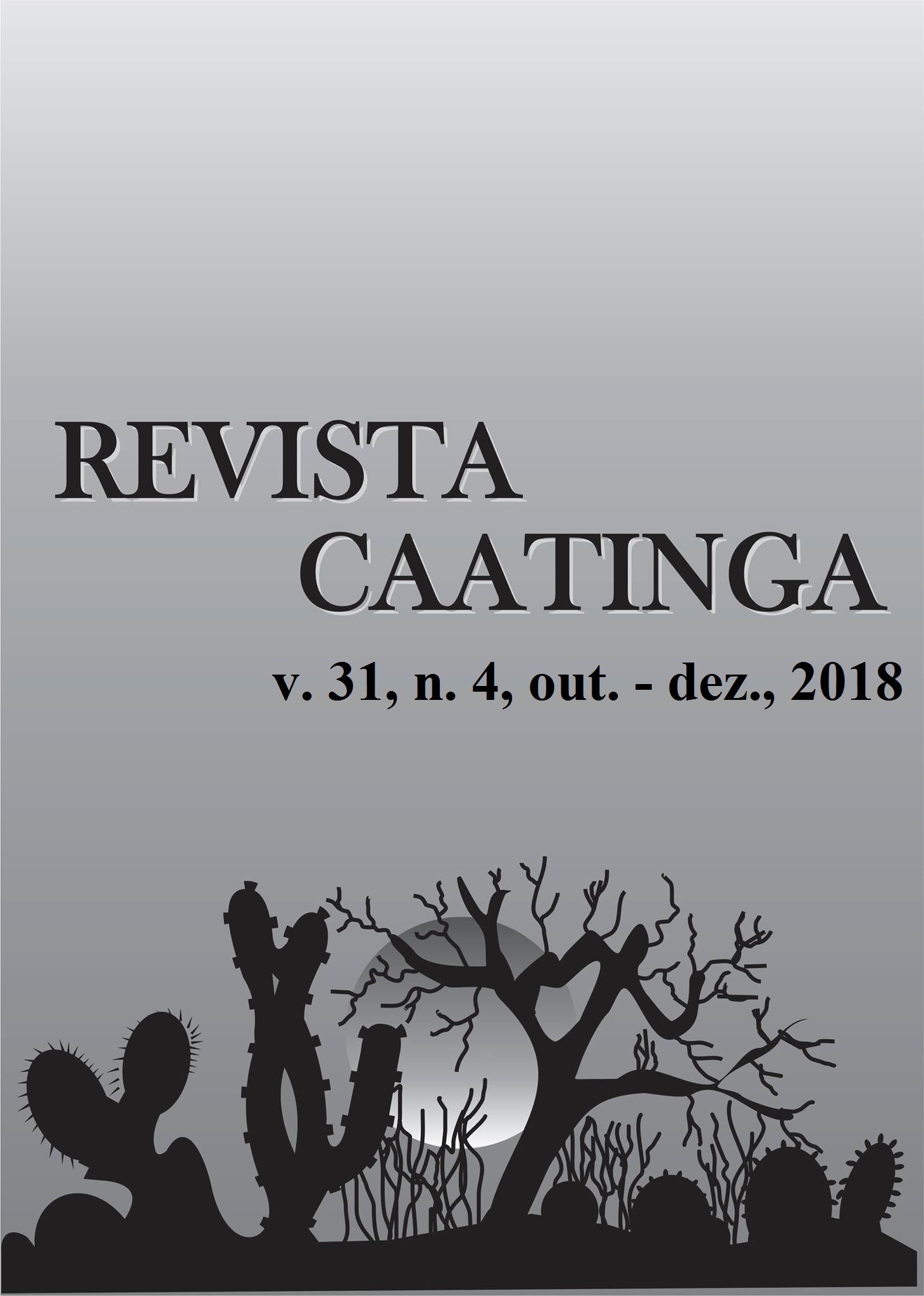ROCKET PRODUCTION IN A LOW COST HYDROPONIC SYSTEM USING BRACKISH WATER
DOI:
https://doi.org/10.1590/1983-21252018v31n424rcKeywords:
Eruca sativa L.. Salinity. Cultivation without soil.Abstract
The production of vegetables in communities of family farmers in semiarid regions is limited due to rudimentary cultivation practices and systems, water scarcity, and excess salts in the water and soil. Thus, the objective of this work was to evaluate the production of rocket (Eruca sativa L. cv. Folha Larga) in a low cost hydroponic system, considering strategies for the use of brackish water in the nutrient solution. The experiments were conducted in complete randomized designs, in 6×2 factorial arrangements, with five replications, using rocket plants grown in different nutrient solutions, consisting of six salinity levels (1.5, 3.0, 4.5, 6.0, 7.5, and 9.0 dS m -1) and two circulation frequencies of the nutrient solution (twice a day, at 8:00h, and 16:00h; and three times a day, at 8:00h, 12:00h, and 16:00h). In Experiment I, the nutrient solution lost by evapotranspiration was replenished with the respective brackish water used in its preparation; and in Experiment II it was replenished with public water (0.12 dS m -1). The shoot and root fresh and dry biomass of the plants and their respective dry weight proportions, and biometric variables were evaluated. Replenishing of the nutrient solution with public water resulted in lower losses in biomass and plant growth. The increases in circulation frequency of the nutrient solution did not affect the biometric variables, however, the plants prioritized shoot biomass development to the detriment of the root when using high circulation frequencies.
Downloads
Downloads
Published
Issue
Section
License
Os Autores que publicam na Revista Caatinga concordam com os seguintes termos:
a) Os Autores mantêm os direitos autorais e concedem à revista o direito de primeira publicação, com o trabalho simultaneamente licenciado sob a Licença Creative Commons do tipo atribuição CC-BY, para todo o conteúdo do periódico, exceto onde estiver identificado, que permite o compartilhamento do trabalho com reconhecimento da autoria e publicação inicial nesta revista, sem fins comerciais.
b) Os Autores têm autorização para distribuição não-exclusiva da versão do trabalho publicada nesta revista (ex.: publicar em repositório institucional ou como capítulo de livro), com reconhecimento de autoria e publicação inicial nesta revista.
c) Os Autores têm permissão e são estimulados a publicar e distribuir seu trabalho online (ex.: em repositórios institucionais ou na sua página pessoal) a qualquer ponto antes ou durante o processo editorial, já que isso pode gerar alterações produtivas, bem como aumentar o impacto e a citação do trabalho publicado (Veja O Efeito do Acesso Livre).







